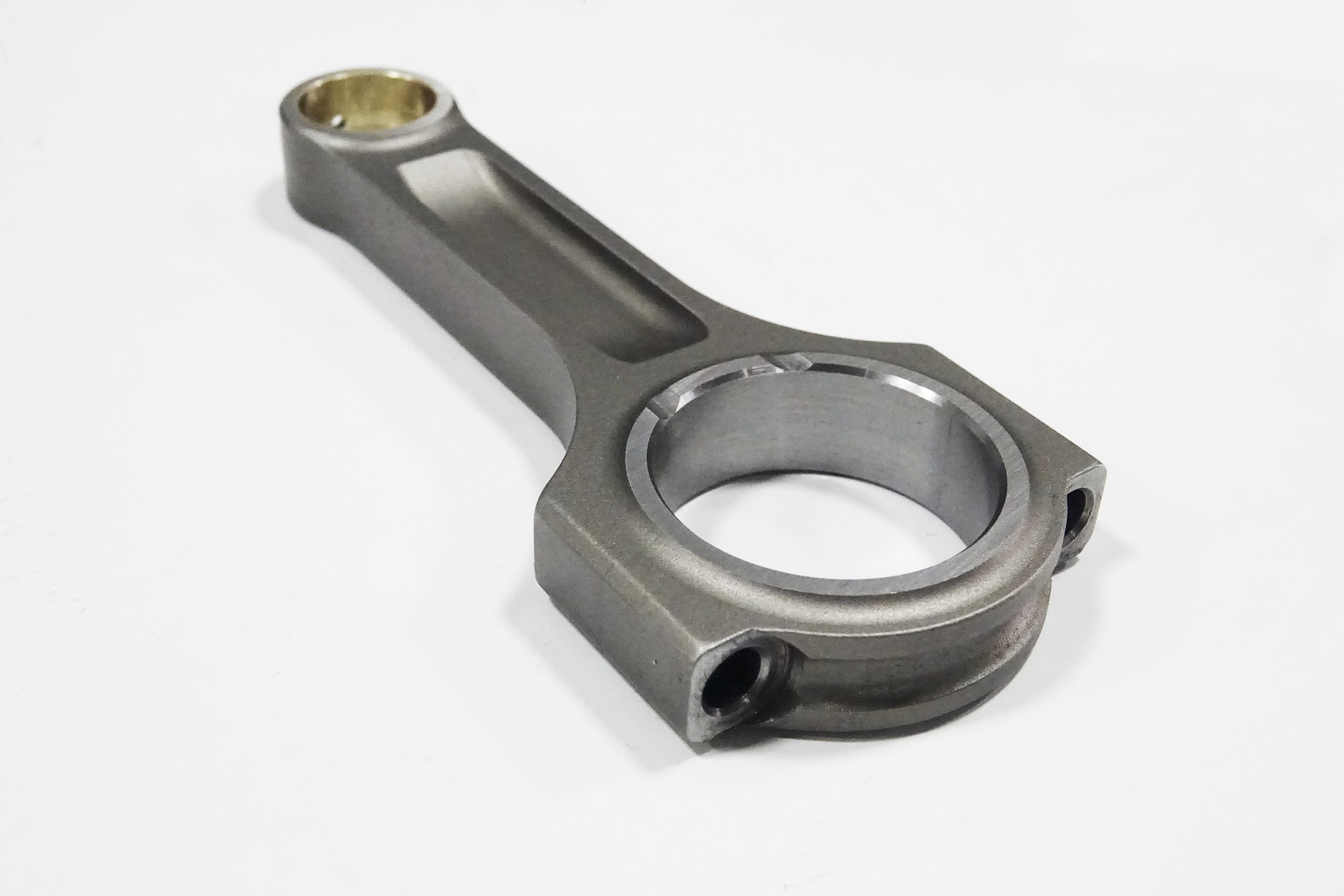What are connecting rods? Many people who are passionate about automobiles or machinery may have heard the term but may not fully understand the vital role these components play in an engine’s operation. This article aims to shed light on the essential function and characteristics of connecting rods and why they are the unsung heroes of engine performance.
At its core, a connecting rod is a crucial component in internal combustion engines, responsible for transferring the reciprocating motion of the pistons into the rotational motion of the crankshaft. In simpler terms, connecting rods are the bridge that allows the engine’s power to be converted into the force that propels a vehicle forward.
Connecting rods are generally made from robust materials such as steel, aluminum, or titanium alloys. The choice of material depends on factors like engine size, power output, and intended application. For instance, high-performance engines may require stronger materials to withstand the increased forces and temperatures generated during operation.
The design of connecting rods can vary, but they typically consist of two ends: the big end and the small end. The big end connects to the crankshaft via a bearing, allowing it to rotate smoothly, while the small end attaches to the piston through a wrist pin or gudgeon pin. This arrangement ensures that the motion between the two parts is as efficient and frictionless as possible.
Balancing strength and weight is a critical aspect of connecting rod design. A lightweight connecting rod can reduce the overall mass of the engine, leading to improved acceleration and fuel efficiency. However, the rod must also be strong enough to withstand the forces exerted during the combustion process. This balance is achieved through careful engineering and the use of advanced materials.
One area where connecting rods have a significant impact is engine performance and reliability. A well-designed connecting rod can help the engine run more smoothly, reduce vibrations, and enhance the overall driving experience. Additionally, high-quality connecting rods can improve the engine’s longevity by minimizing wear on internal components.
In recent years, there has been a growing interest in aftermarket connecting rods as a means of upgrading engine performance. These high-performance rods offer several advantages, including improved strength, weight reduction, and increased durability. For enthusiasts looking to extract the maximum potential from their engines, upgrading connecting rods can be a worthwhile investment.
In conclusion, connecting rods may be small and often overlooked components, but they play a vital role in engine performance and reliability. These unsung heroes are responsible for translating the power generated by the pistons into the force that moves our vehicles. By understanding what connecting rods are and their function in an engine, we can appreciate the engineering marvels that make modern transportation possible.